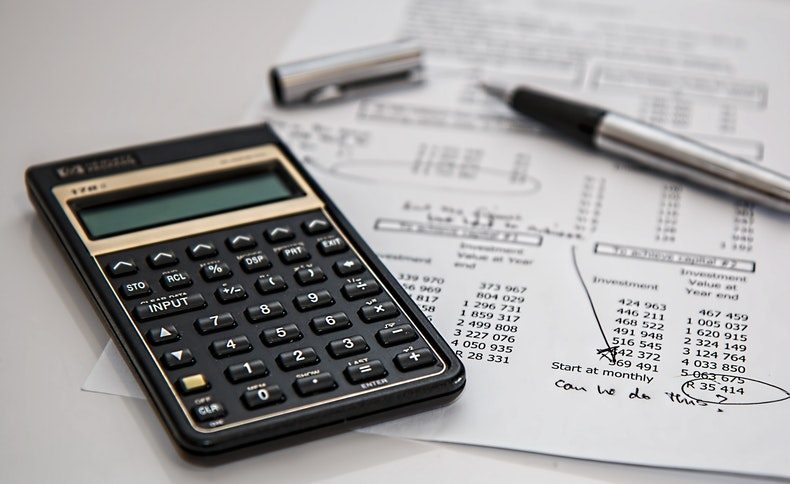General Ledger Chart Of Accounts
March 26, 2021 - 0 COMMENTS

A chart of accounts is simply a list of different areas within the general ledger section of an accounting software package against which financial transactions are stored. As an example if you looked at a Profit and Loss Statement each of the items listed is a separate account.
ie – Sales, Cost of Sales, Advertising, Postage, Telephone Expenses etc. The whole lot together is called the Chart of Accounts
Before we start on the specific elements of accounting software Chart of Accounts you need to understand the basics of financial statements and what information needs to be recorded from other sections of the package you are using.
There are two main parts to your business’s financial statement – The Profit and Loss, which shows your day to day income reflected against your expenses and therefore shows what your trading profit, or loss, is. Both are obtained from the general ledger module.
The Balance Sheet, which shows your business assets against liabilities and the accumulated earnings of your business over the years.
Lets first look at how these reports are arrived at –
In Australia it is typical to have the Profit and Loss section first and the Balance Sheet second, in some other countries it is the other way around with the Balance Sheet first.
A Profit and Loss report has five main elements
Income
Cost of Sales
Gross Profit (Income less cost of sales)
Expenses
Net Profit (or loss) – sometimes called the Bottom Line
(Gross profit less expenses)
The Balance Sheet also has five main elements
Current Assets
Non Current Assets
Current Liabilities
Non Current Liabilities
Retained Earnings
The Chart of Accounts – Setting Up
The chart of accounts list in the general ledger of accounting software is typically grouped in their like categories i.e. sales, expenses, assets and liabilities.
Almost all accounting software will require you to use a code for your general ledger accounts and many will also have the option of having departments and, or, sub codes attached to each code or account. You almost certainly should ignore the departments and sub accounts at this stage if not forever. They are useful in large multi-departmental organisations but tend just to confuse the issue when you are starting out.
Some accounting software comes with a chart of accounts already set up. That’s OK, it may save you some work. If so print it out and relate it to the exercise that we are going to go through in a moment and to your business.
Many accounting software systems will accept a numeric code only, some will accept alpha/numeric and some alphabetic only. I think numeric only is a good way to go, mainly because it is a good way to group codes into categories. For a simplistic example account numbers 1 to 20 may relate to income, 21 to 100 expense accounts and so on.
Many accounting software packages will allow up to twelve or more characters in the code and I have seen some small businesses use all twelve. This is a nonsense and, if you use numeric only, 4 numeric characters should be more than enough










